OK, Ill bite.
IÂm in the design stages for a better greenhouse, and know the problems associated with heat gain. I like to think IÂm pretty open-minded, and open to all suggestions with regard to heating and cooling devices. I certainly donÂt have any education in physics or thermal dynamics, but I must admit from my backyard efforts with a Rube Goldberg greenhouse that I think all this talk about heat sinks is a direction in futility. Am I missing something?
IÂve followed all the threads, and there seem to be some common denominators. Please chime in with your thoughts and/or comments.
- Some discuss the merits of a heat sink/thermal mass with only a few gallons of water. Even in a small gh, any significant benefit would require hundreds, maybe thousands of gallons.
- Some of the containers cited are plastic, which wonÂt transfer thermal differentials efficiently. Even a steel drum would be maddeningly slow.
- Thermal mass heat for nighttime augmentation seems to be discussed in the same breath with heat sinks for daytime cooling. In order for thermal mass to be able to store heat or cold, especially passively, there must be several things present. Two important factors are heat calories, and temperature differential. Thermal mass for heat works well, because there is so much horsepower from sunlight that a significant mass of water can be heated fairly quickly with just a few hours of sunlight. LetÂs say that the ambient temperature of a barrel of water is 60F, and the sunlight hits the barrel, heating the outside to (at least) 85 or 90F. Therefore, thereÂs a differential of 25 or 30F with tons of heat calories. The heat stored will radiate out slowly as the gh temps drop overnight.
Now, letÂs say that that same barrel has cooled down to 60 through the night hours, and the greenhouse starts heating up again in the morning. The temperature differential in the morning hours is the smallest, maybe a few degrees, so no benefit in cooling (although none necessary). As the sun hits the greenhouse, and the barrels, it quickly overwhelms the system and the barrels heat up quickly, reaching some equilibrium based upon the thermal conductivity of the barrel, the temperature differential before the sun gets lower in the sky, etc., etc.
I suppose some would argue that the water absorbs calories that otherwise would have raised the inside temps even more, but I maintain that a greenhouse will reach some arbitrary temperature during the day anyway, then start radiating that temperature differential out through the walls and roof depending upon the R-value.
The real problem, I think, is that the thermal storage device would heat up close to its maximum temperature by, say, noon or so, just when the benefit of a thermal sink is needed. With a water temp of around 75-80F by that time, and a gh temp of possibly a few degrees more than that, there is not as much temperature differential to benefit the cooling side of things. YouÂd need a water temperature of near freezing to be enough to overwhelm the heating capacity of sunlight inside the gh.
Also, I think there is a difference in thermal dynamics between the temperature gain by sunlight pouring calories into an object, and a potential cooling effect because of air molecules randomly hitting a relatively cool surface. I think this can be explained by the efficiency differences between radiant and convected heat.
IÂm sure thereÂs a Newtonian Law here that says that energy can neither be lost nor gained (or something like that), so the mean result is neutral. But somehow in practice this just doesnÂt seem to apply satisfactorily with respect to passive thermal mass devices in greenhouses. I can see under-floor, active systems with pumps, pipes, etc., but not passive ones.
Thoughts? Comments?
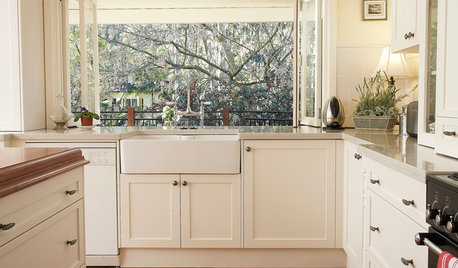


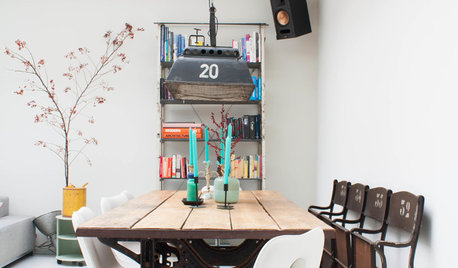
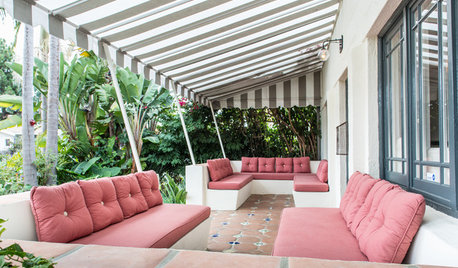

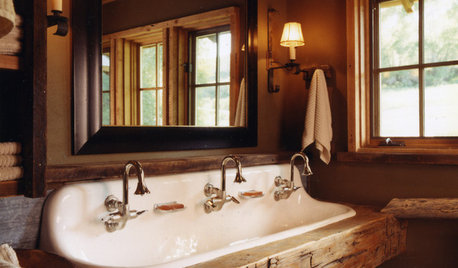


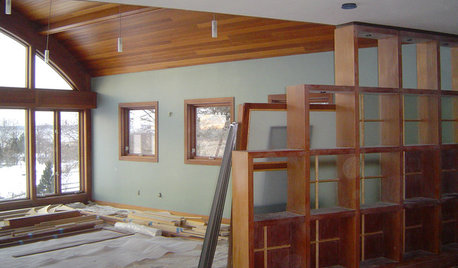







chris_in_iowa
stressbaby
Related Professionals
Wrentham Landscape Architects & Landscape Designers · Glendora Landscape Architects & Landscape Designers · Havre de Grace Landscape Architects & Landscape Designers · Hershey Landscape Architects & Landscape Designers · Severn Landscape Architects & Landscape Designers · Goodyear Landscape Contractors · Hartford Landscape Contractors · Emmaus Landscape Contractors · Galt Landscape Contractors · Louisville Landscape Contractors · Richmond Landscape Contractors · Tuscaloosa Landscape Contractors · Wareham Landscape Contractors · Ferguson Landscape Contractors · Reedley Solar Energy SystemsbcfromflOriginal Author
birdwidow
stressbaby
orchiddude
bcfromflOriginal Author
chris_in_iowa
orchiddude
stanc
orchiddude
birdwidow
bluepine
bcfromflOriginal Author
garyfla_gw
birdwidow
chris_in_iowa
chris_in_iowa
bcfromflOriginal Author
bcfromflOriginal Author
chris_in_iowa
mokevinb
birdwidow
mokevinb
chris_in_iowa
birdwidow
chris_in_iowa
mokevinb
PonderGuy
Nell Jean
chris_in_iowa
birdwidow
mokevinb
birdwidow
oakhill (zone 9A, Calif.)
mokevinb
nathanhurst
mokevinb
paradoxg
nathanhurst
juliyaanthony
KellyBell
paradoxpoet
cole_robbie